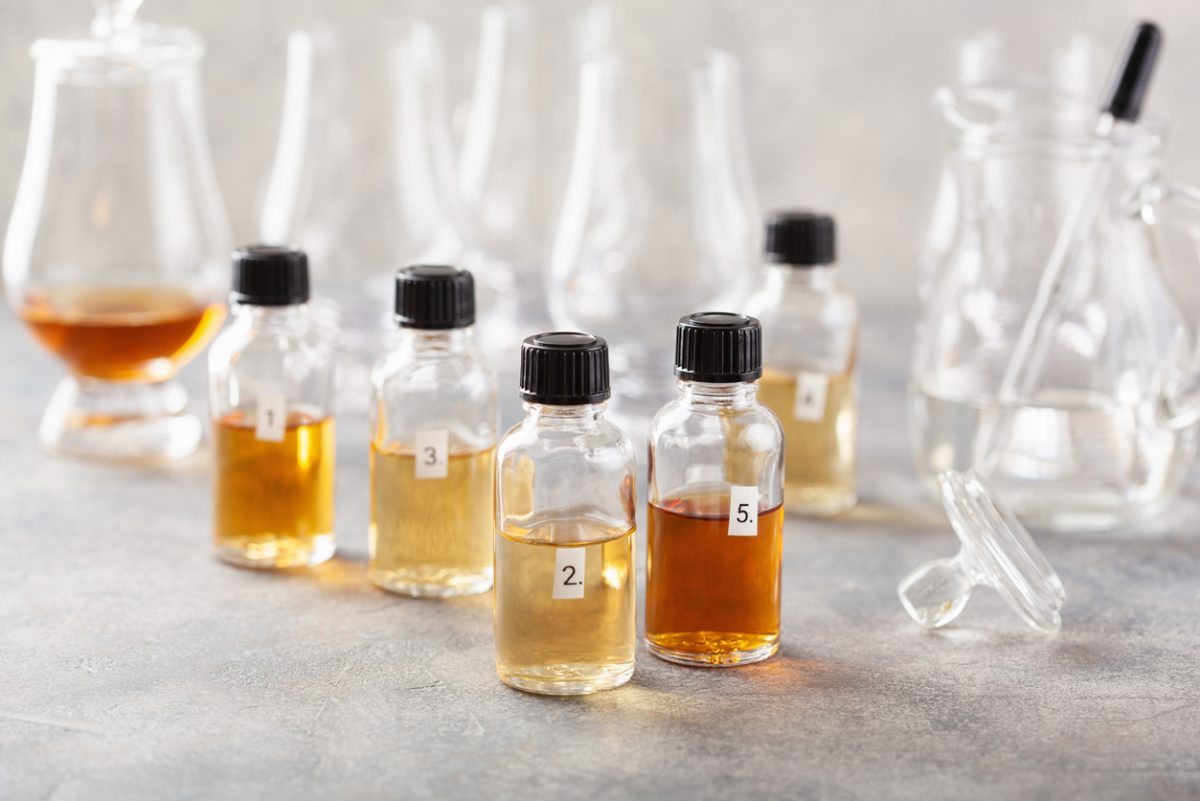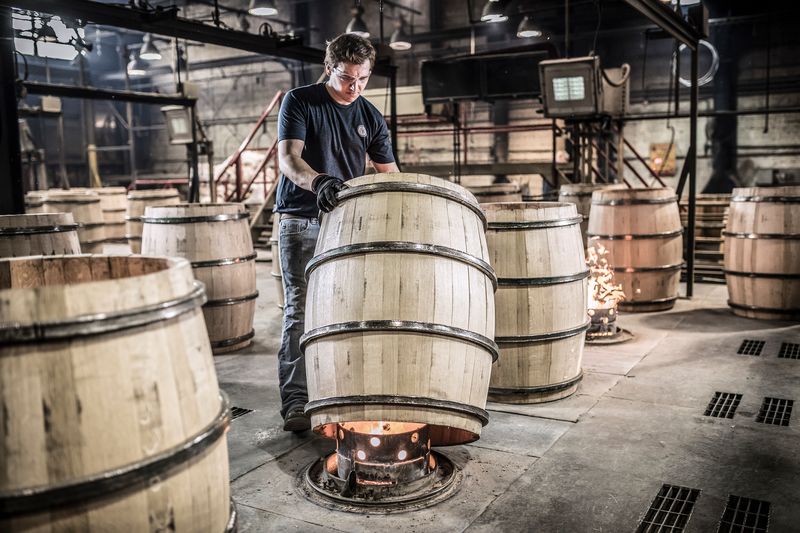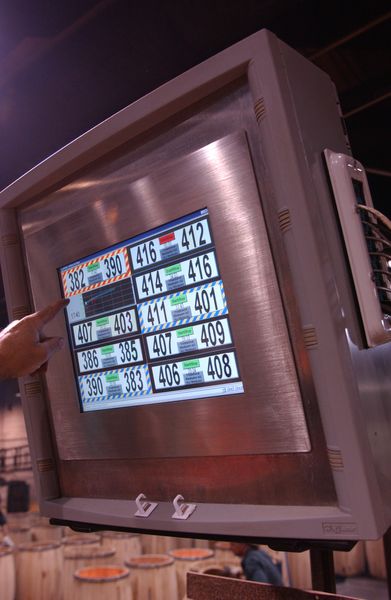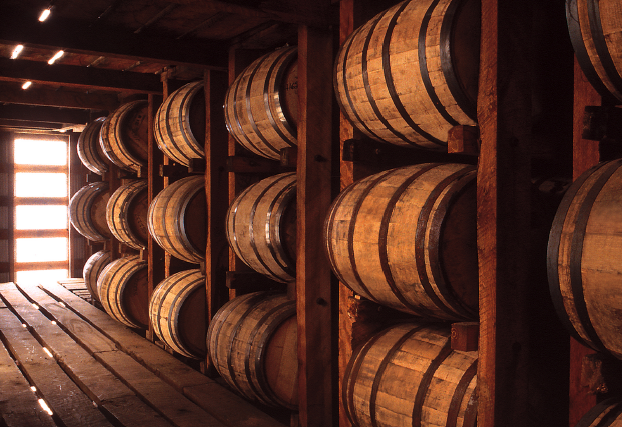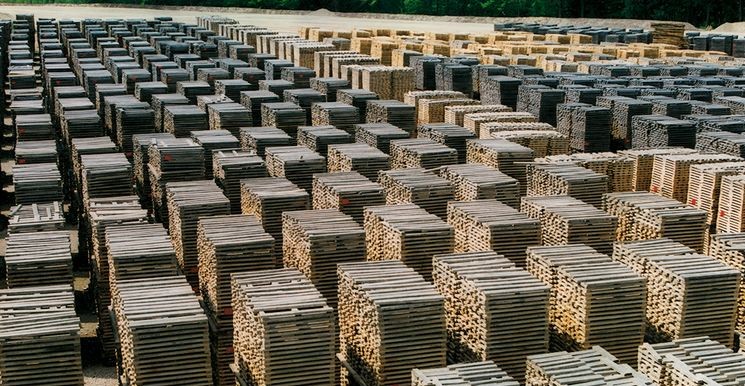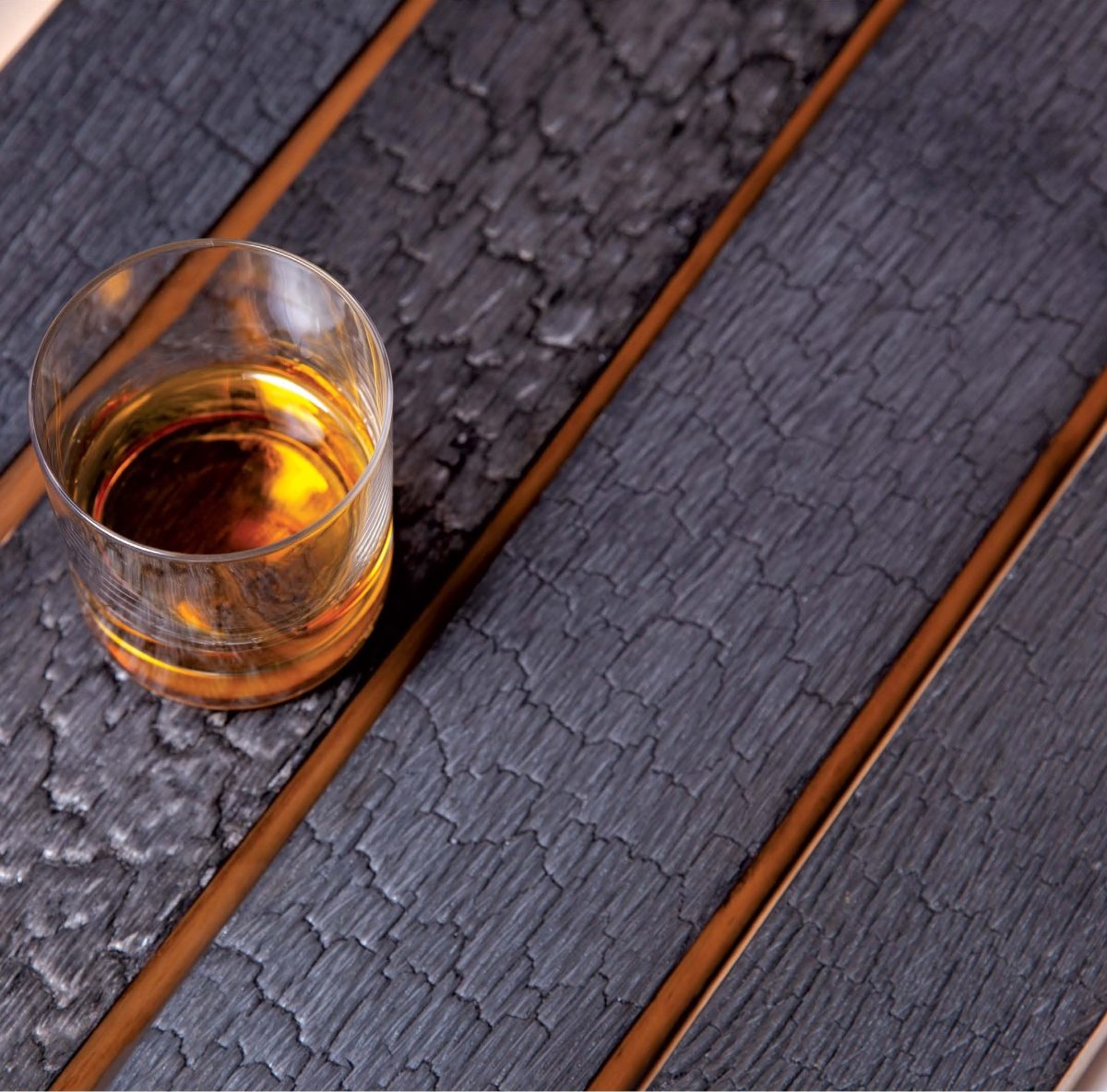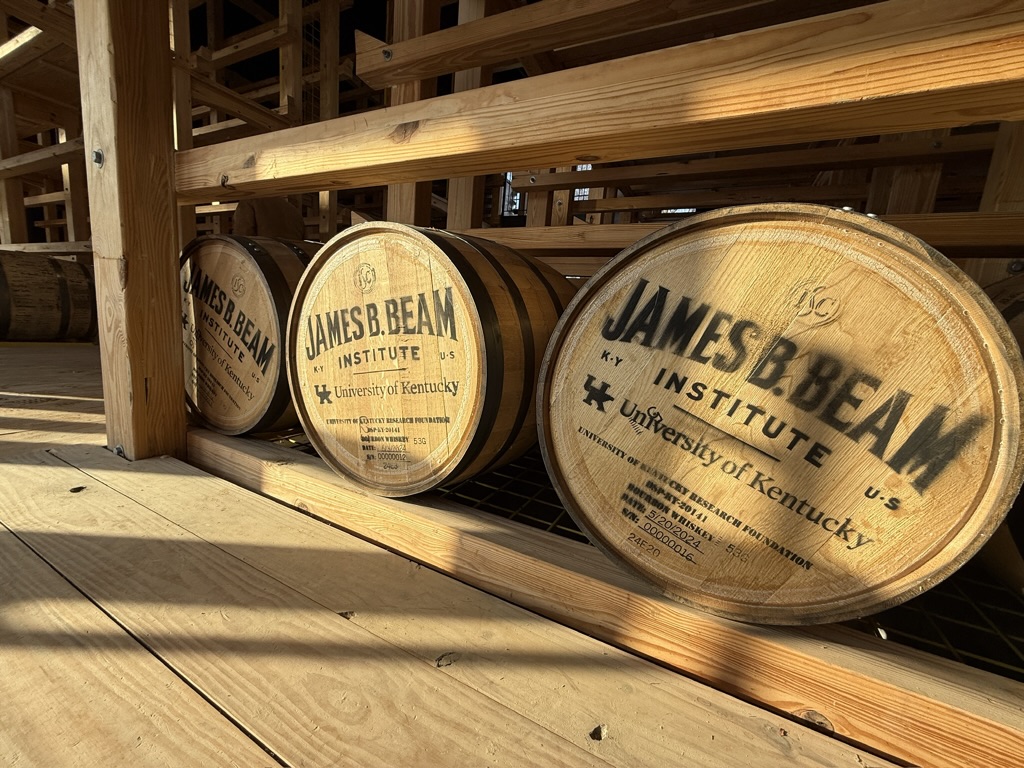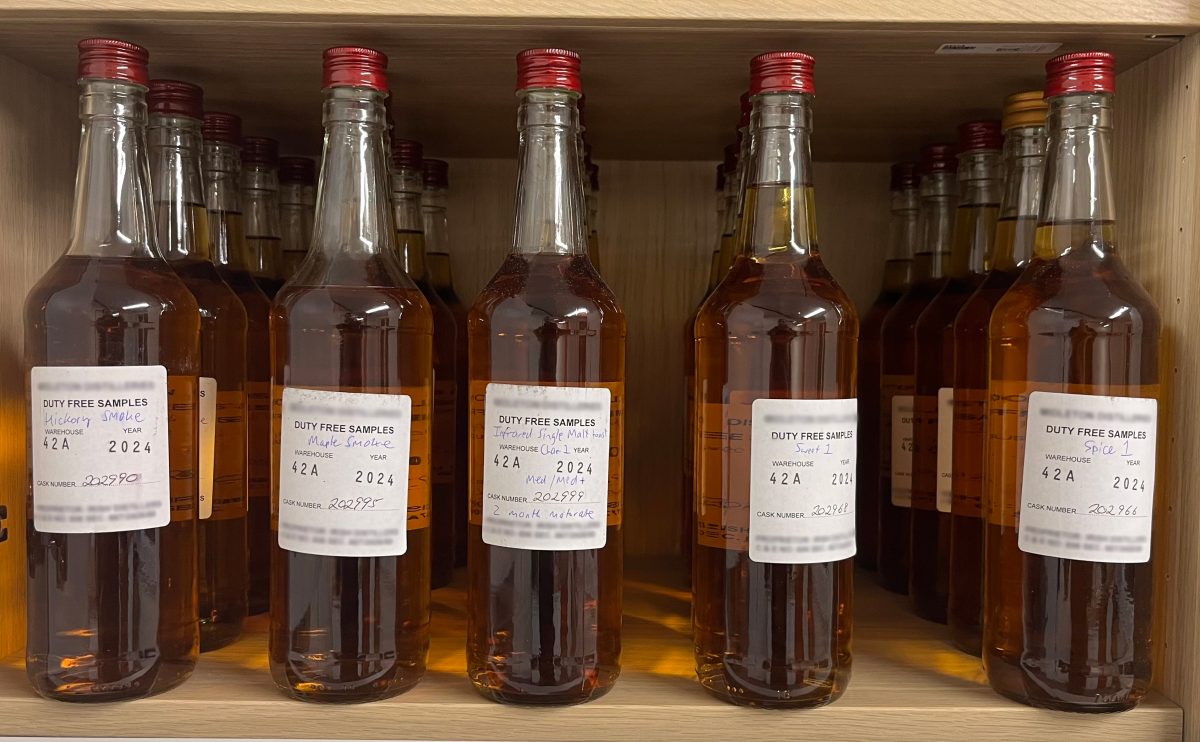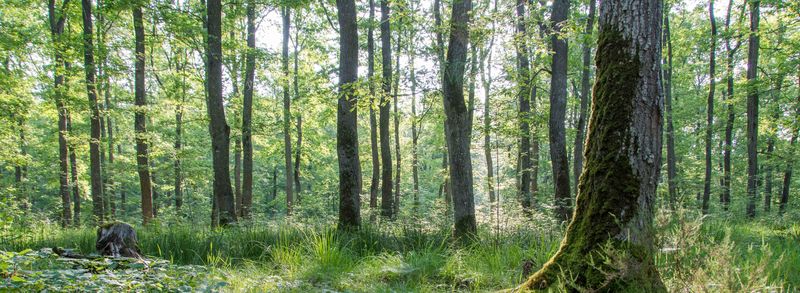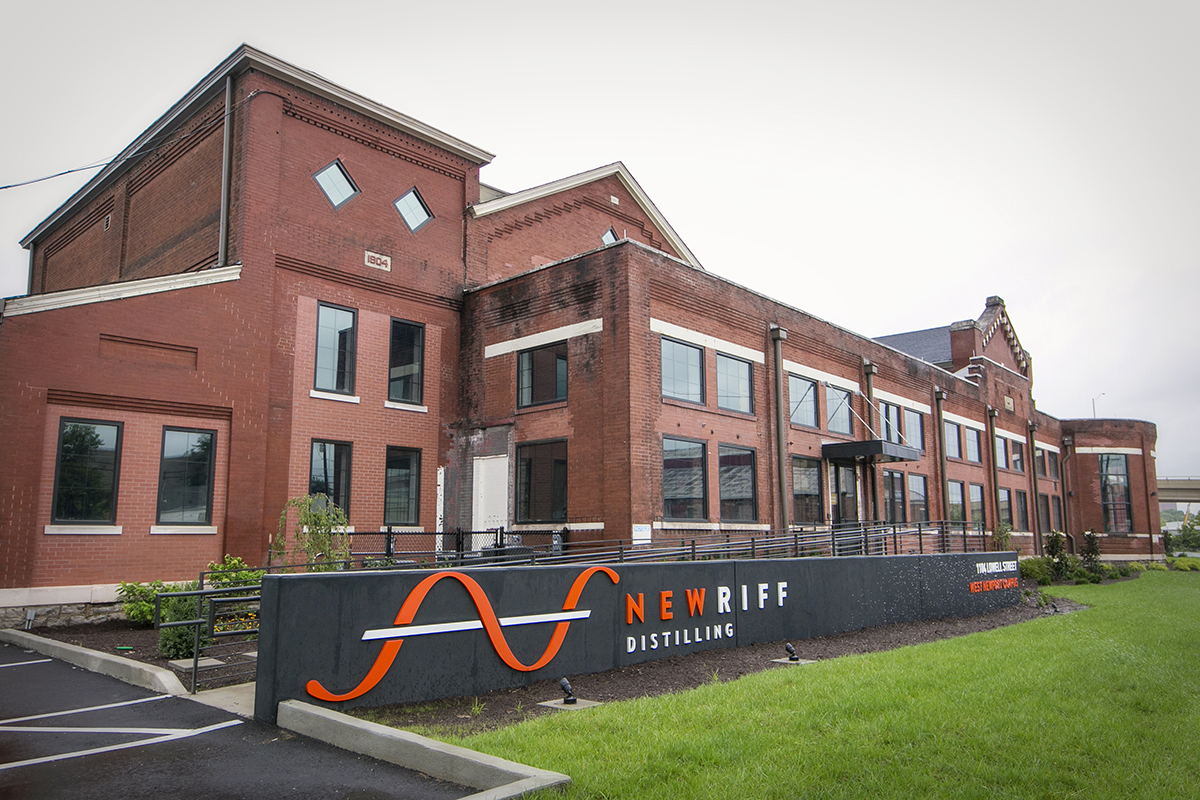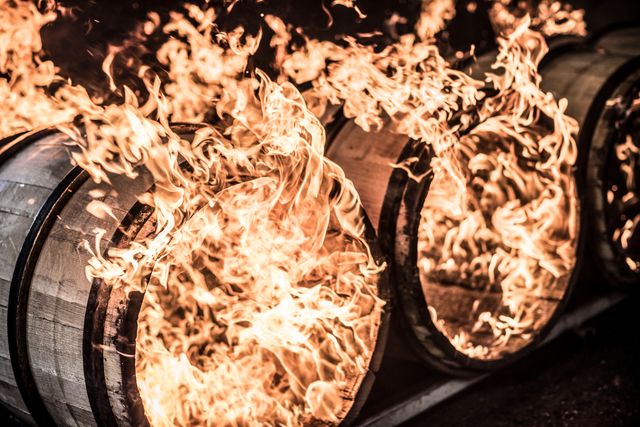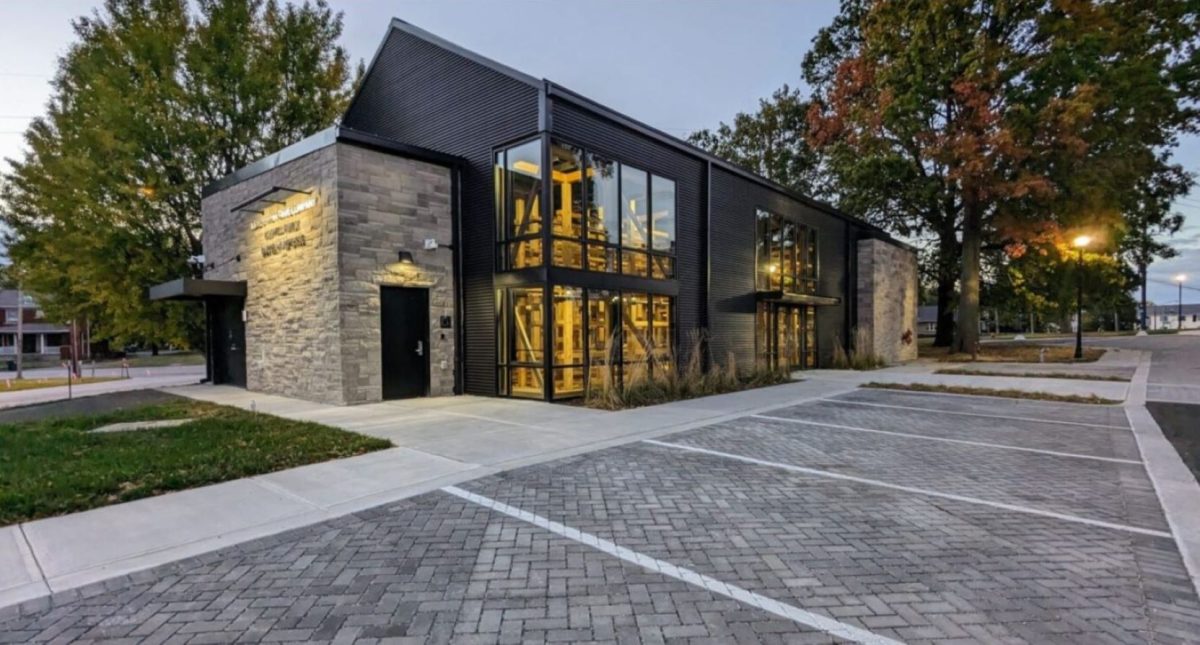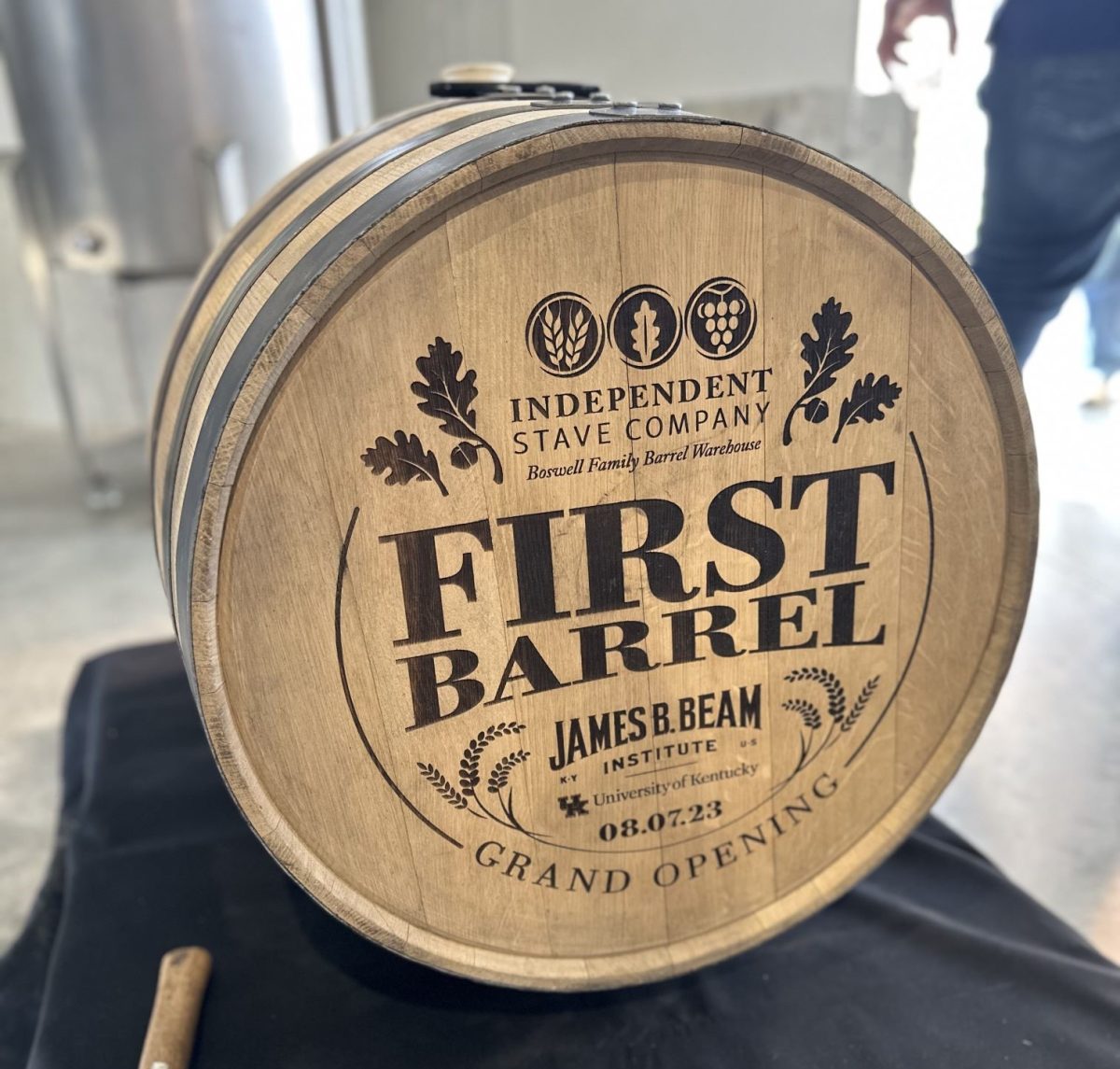For producers with younger stocks of aged product, double barreling is an efficient way of quickly adding more flavor by increasing the concentrations of favorable barrel extractives in the whiskey. Moreover, double barreling provides a method t
Trial 7: Evaluating the Effects of the Small Batch Wave Stave Barrel on the Flavor Development of Bourbon Whiskey
Whiskeys with higher concentrations of barrel extractives tend to be characterized as having a more mature and developed flavor profile, especially when examining younger whiskeys. As such, producers are often eager to experiment with barrel configurations that have more flavor components available for extraction
TRIAL 6: Effects of Toasting on Barrel Extractive Concentrations
TRIAL 6: Effects of Toasting on Barrel Extractive Concentrations By Andrew Wiehebrink, Director of Spirit Research and Innovation Introduction Toasted spirit barrels are becoming an important tool for producers looking to boost extractive concentration in a short period of time and/or further control the types of flavors delivered to a …
Toasted Barrels Take a Leap into the Future with ISC’s Proprietary Infrared Toasting Technology
By taking a more targeted approach to toast profile, distillers can layer flavors precisely. This means that whatever your aging goals may be, a well-planned toast can help you get there more efficiently and with better results.
Trial 5: Barrel Warehousing- Effects on Maturation in a Multi-Story Rick House After 12 Months of Aging
The most common style of warehousing seen in the production of American whiskeys is called traditional rick storage. In this type of storage, barrels are stored in tall racks known as ricks. One rick is typically between ten to twenty-five barrels deep and can reach up to nine stories, with three tiers of barrels on each story. Each level has its own micro-climate and experiences different temperature and humidity fluctuations that are unique to that level. The difference in temperature and humidity can have a significant effect on the flavor development in barrel-aged spirits.
Trial 4: Examination of Extraction Rates and Lactone Levels in Bourbon Whiskey for American, European and French Oak
Using different oak species can have significant effects on the flavor development of spirits aged in barrel. One such effect is due to the varying amounts of the whiskey lactones found in each species of oak. If present in high enough concentrations, lactones can be a major contributor to the overall flavor profile.
Trial 3: Effect of Wood Seasoning on Extractive Concentration in Bourbon Whiskey
Wood seasoning is a crucial part of the barrel making process. The benefit most often associated with wood seasoning is the reduction of tannin. While this is indeed an important result of wood seasoning, a lesser-known benefit is the boost in extractive potential.
Trial 2: Effect of Char Level on Extraction Rates in New Oak Maturation
The first few years of maturation are the most active for the influx of barrel- derived flavor compounds into the aging spirit. Normally, producers have the choice of four different char levels for new barrels. The degree of char can alter the rate of extraction in new oak maturation.
Trial 1: Effect of Char Level on the Flavor Development of Bourbon Whiskey
This experiment explores the impact of different char levels on the flavor development of barrel-aged spirits.
Inside the Lab: Setting the Stage for Barrel Innovation
The science of oak and spirits maturation is incredibly complex. Many factors can influence the result and thus are inherently of interest to our Research and Development team.
Exploring Traditional and Innovative Aspects of Barrel Maturation: Boswell Family Warehouse Year in Review
The Boswell Family Warehouse represents the intersection of tradition, education, and innovation. It’s a place where students, researchers, and industry professionals come together to advance the science of barrel aging while preserving the rich heritage of Kentucky spirits.
NEW Proprietary Research Whiskey Library: Europe
Through our experimental barrel program, the whiskey library at the Kentucky Research Center has grown from a small collection of roughly 100 bottles to 2,000+.
European Oak – Exceptional Flavor, Exceptional Value
ISC sources oak logs from all over the world to make our world class spirit barrels. The most popular selections come from a multitude of states here in the U.S. and from several different forests dotted throughout France.
A Barrel Journey: How New Riff Distilling Perfected Their Barrel Maturation
ISC has been dedicated to our customers’ success for over one hundred years. As oak experts we partner with distillers and play an active role in supporting customers on their unique journey to unlock flavors.
A Lesson in Heat Transfer
“Assume a spherical cow”
Before I came to ISC to study spirit maturation, I was in the field of engineering. I graduated with a degree in Mechanical Engineering and for the first five or six years out of college, I was strictly focused in that area.
First Barrel Experiment Rolls into the Boswell Family Warehouse
Over the next four years, students at the University of Kentucky will be able to monitor the progress of eight barrels resting inside the Boswell Family Warehouse and learn about the complexities of oak maturation from the liquid that they themselves will gather and then analyze
A New Journey Begins with a Barrel Fill
The James B. Beam Institute at the University of Kentucky hosted their 5th annual industry conference last week.
Oak 101: Seasoning and Its Impact on Flavor Development
Oak staves and heading should be seasoned for a minimum of 3-to-6-months, but the real differences begin to manifest when you go beyond that timeframe.
Esters: The Unsung Heroes of The Single Barrel
Esters are fascinating little compounds in the sense that they are responsible for some of the more distinguishable and potent aromas that most of us run into on a frequent basis, not just in our glass of favorite whiskey or wine.
Update – Warehouse Experiment
Update on our 2019 warehouse maturation experiment
- Page 1 of 2
- 1
- 2

